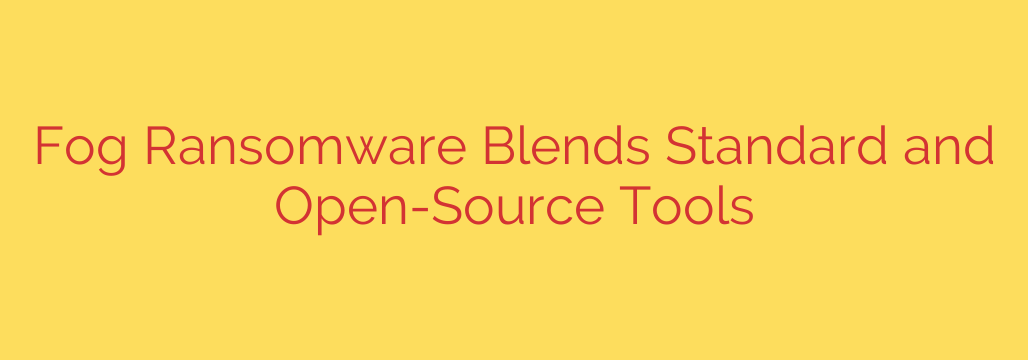
A sophisticated ransomware operation known as Fog is leveraging a potent combination of readily available system utilities and publically accessible penetration testing and red team tools. This approach allows attackers to move discreetly within targeted networks, making their activities harder to detect using traditional security measures focused solely on malicious file signatures.
By integrating standard Windows administration tools like PowerShell and legitimate remote access software alongside powerful open-source frameworks commonly used for offensive security, threat actors can perform reconnaissance, establish persistence, move laterally, and ultimately deploy their ransomware payload with increased stealth and efficiency. This method reduces reliance on custom malware that is more likely to be flagged by security software.
The typical attack chain often involves initial access, followed by extensive use of these blended tools to map the network, elevate privileges, and disable security controls before the final encryption stage. This blending of legitimate and offensive tools presents a significant challenge for security teams, requiring advanced monitoring capabilities to identify suspicious usage patterns rather than just known malicious executables. Effective defense requires comprehensive endpoint visibility, behavioral analysis, and strict application control policies to mitigate the risk posed by this evolving threat landscape and protect critical data.
Source: https://www.bleepingcomputer.com/news/security/fog-ransomware-attack-uses-unusual-mix-of-legitimate-and-open-source-tools/








